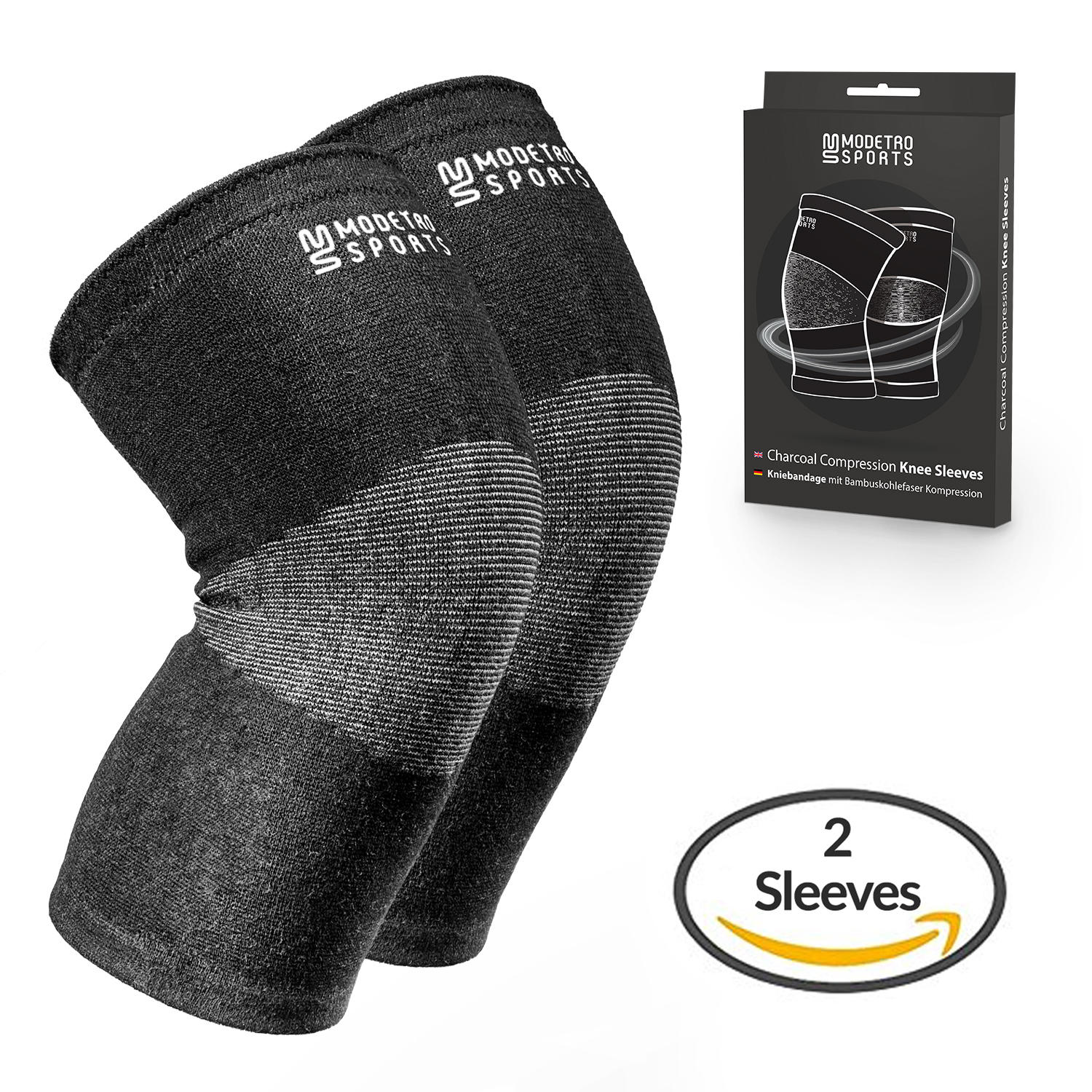

Most often, they're used to treat the symptoms of lymphedema after a breast cancer surgery involving the removal of lymph nodes. What Are Arm and Leg Sleeves?Īrm sleeves normally extend from the wrist to the upper arm near the armpit. By improving your circulation and clearing waste materials, compression can leave your legs feeling energized and lightweight. You don't have to be an athlete to experience medical benefits.Ĭompression therapy also helps improve leg fatigue during long periods of standing and sitting, reducing pain and discomfort during regular physical activity.

Studies have shown that athletes perceive a reduction in delayed onset muscle soreness (DOMS) and improve functional recovery using compression gear. In addition to lymphedema patients undergoing cancer treatment, athletes also report benefits from using compression therapy. After a lymphadenectomy, some patients experience swelling in their arms and legs due to a disturbance in the flow of lymph fluids.Ī lymphedema therapist or oncologist may recommend a compression sleeve, or another form of compression therapy, to help reduce the swelling. This condition can occur on its own or after a surgery involving the removal of lymph nodes, a common procedure for cancer patients. Physicians prescribe compression sleeves to help patients manage the symptoms of lymphedema. What You Need To Know About Compression Sleevesįirst, it's important to understand that compression sleeves are typically used for two main purposes. We'll also explain how compression sleeves compare to other forms of compression therapy, such as compression socks and intermittent pneumatic compression (IPC) devices.

In this article, we'll outline the benefits of compression leg sleeves and arm sleeves. Comrad doesn't sell compression sleeves, but we do know a thing or two about compression.


 0 kommentar(er)
0 kommentar(er)
